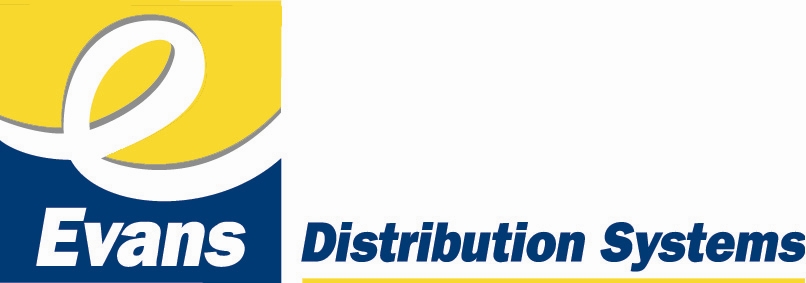In a world where everything from phones and televisions to cars and toilets have become smart, it’s fair to say that smart technology is here to stay. Warehousing is one element in the supply chain that utilizes smart technology to get the job done. Here are a few examples of technology that are used in warehouses around the world.
Barcodes and RFID
Barcodes originally were used to mark railroad cars. It was not until grocery stores developed systems for check outs that barcodes were universally accepted. Today, barcodes are standard in most warehouses. They are easy to create and easy to use. Barcodes eliminate human error from manually entered data in paper trails. The barcodes make it possible to track items more accurately, reducing inventory costs. Barcodes can be placed on individual items, cases, boxes, or pallets to help track inventory. Barcodes can be assigned a unique ID per tag or per lot, depending on your need.
Radio Frequency Identification or RFID helps track physical inventory without the necessity of manned scanners. RFID scanners can be used as a security measure as well. The RFID readers can be placed at entrances, exits, or checkpoints at a warehouse to track inventory. Some warehouses place RFID tags on pallets and the RFID readers at dock doors, so the pallets are automatically scanned on their way in or out of a truck. RFID tags increase efficiencies by streamlining operations.
Scanning Devices
Along with barcode tags, the scanners for these tags are just as important. Barcode scanners allow the warehouse to locate inventory, pick inventory when it is needed, and conduct cycle counts. Scanners with mobile computing allow warehousemen more visibility of their inventory. The scanners increase productivity by creating a mobile interface for picking orders and receiving inventory.
Handheld devices are useful because of their portability and relatively long range. A long range scanner is beneficial when products are stored on racks because these scanners can reach the barcodes on any shelf. These scanners offer batch and real time wireless data capture, which saves time.
Wearable devices do not have the long-range capabilities of handheld scanners, however they do allow warehousemen to use both of their hands. This is beneficial for products and inventory that are frequently moved by hand.
Lighting
It is essential to have sufficient and bright lighting in all areas of a warehouse. Insufficient lighting is a leading cause of inventory inaccuracies and safety problems. Dimly lit warehouses make it hard to read documents and part numbers. Dimly lit warehouses can also cause inventory issues from picking problems to injuries. Intelligent or smart lighting can also have motion sensors to ensure energy efficiency. Some intelligent lighting in warehouses are tied to motion sensors and will turn on with motion in the area, and turn off after a set amount of time. Smart lighting systems can cut energy expenses on average between 20 and 30% depending on the system installed.
Warehousing Management Systems (WMS)
The basic purpose of a WMS is to improve distribution center efficiency, labor productivity, customer service, decrease distribution costs, and monitor inventory levels. A good WMS can increase visibility, accuracy and throughput, and can also provide unique ID features for bar coding and RFID.
Dock Door Scheduling Software
One common bottleneck that occurs at a busy warehouse is at the dock door. The process of assigning doors for trucks to load or unload goods can be time consuming. Many truckers wait longer in the truck yard for a dock to open than the time it takes to get their truck unloaded or loaded and their paperwork completed.
Using dock door scheduling software is a perfect way to streamline the inbound and outbound operations to make warehouse operations more efficient. There are many software vendors whose warehouse management systems include this ability. Effective dock scheduling can help reduce the cost of moving goods.
(By Willie Adams – IT Administrator)

